11 Best Japanese Sauce Recipes: Add Savory Or Sweet Flavors
Have you tasted a subtle flavor at a Japanese restaurant only to want to recreate that experience?
Japanese sauces give that little extra flavor to your dish but aren’t overpowering. That’s because the Japanese chef rather emphasizes the base ingredients like meat, vegetables, or fish. These subtle sauce flavors range from salty to a little sweet.
Here are the best sauce recipes from our vault.
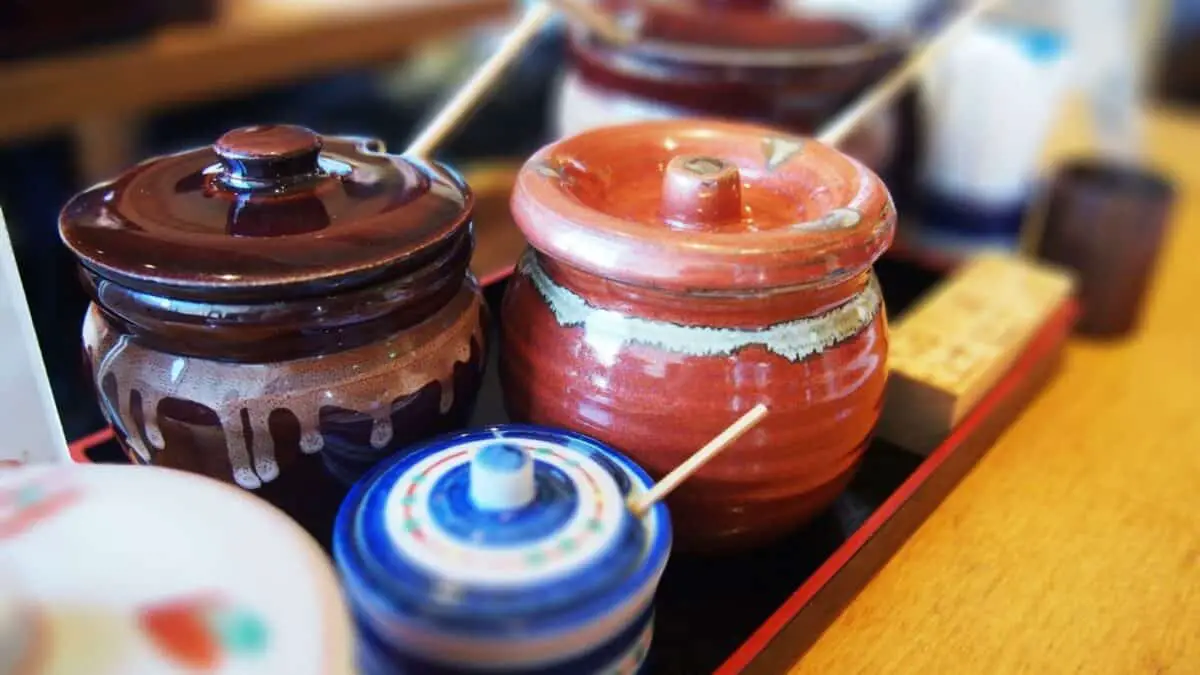

Check out our new cookbook
Bitemybun's family recipes with complete meal planner and recipe guide.
Try it out for free with Kindle Unlimited:
Read for freeIn this post we'll cover:
- 1 Best 11 Japanese sauce recipes
- 1.1 Dashi Tare Sauce
- 1.2 Sesame Ginger Soy Sauce
- 1.3 Creamy Homemade Wasabi Sushi Sauce
- 1.4 Homemade Mentsuyu sauce
- 1.5 Gluten-free teriyaki sauce
- 1.6 Warishita sauce
- 1.7 Chuka tare sauce
- 1.8 Nikiri sauce: homemade sweet soy sauce fish glaze
- 1.9 Homemade nitsume eel sauce
- 1.10 Homemade ponzu sauce
- 1.11 Japanese Hibachi Mustard Sauce
- 2 11 Best Japanese Sauce Recipes
- 3 FAQ about Japanese sauces
- 4 Conclusion
Best 11 Japanese sauce recipes
Dashi Tare Sauce
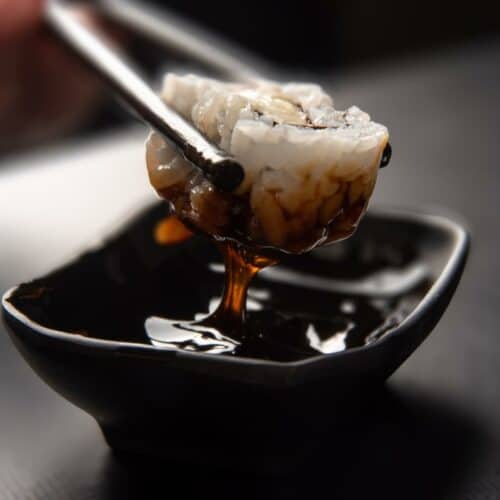
Dashi tare is a tare sauce made with dashi. Tare sauce is a Japanese dipping sauce and not all are made with dashi, so the distinction is made when it is. Dashi is a broth made from katsuobushi and kombu that gives umami to the sauce.
Tare is a type of sauce made from soy sauce, mirin, and sugar. It’s often used as a marinade or dipping sauce for meats and vegetables.
Tare is made by simmering soy sauce, mirin, and sugar until the sugar has dissolved. The sauce will be a dark brown color when it’s done.
It’s often used in yakitori restaurants to give the chicken skewers a nice glaze.
Sesame Ginger Soy Sauce
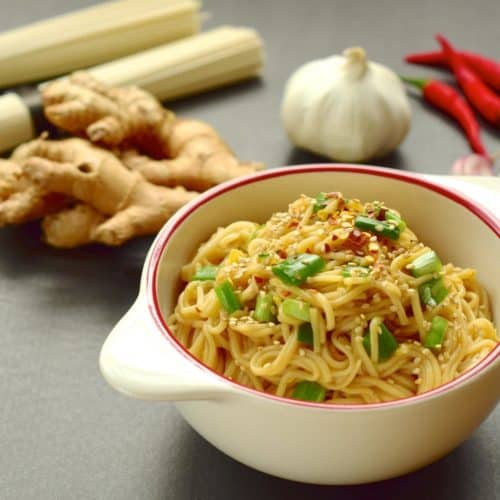
Love trying new sauces? I’ve got the perfect recipe for you – sesame ginger soy sauce!
This delicious sauce is perfect for adding flavor to any dish. It’s just spicy enough to at a little kick and salty because of the soy sauce.
If you don’t want to spend money on a bottled sauce or want to make sure it has all-natural ingredients, you can make it at home.
Creamy Homemade Wasabi Sushi Sauce
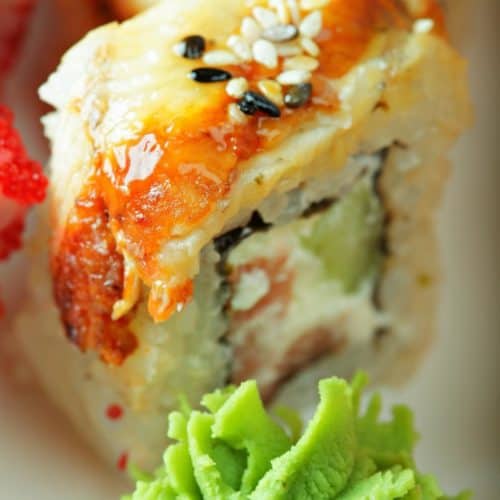
We are sharing a wasabi sauce recipe with you. It is easier to dip sushi rolls in the sauce than paste.
This recipe is ideal for those who don’t want to get the bottled version and want to make a healthier version with clean ingredients.
If you don’t want to put wasabi paste on your sushi, you can make this delicious sauce in a few minutes and dip sushi rolls or sashimi into it.
Homemade Mentsuyu sauce
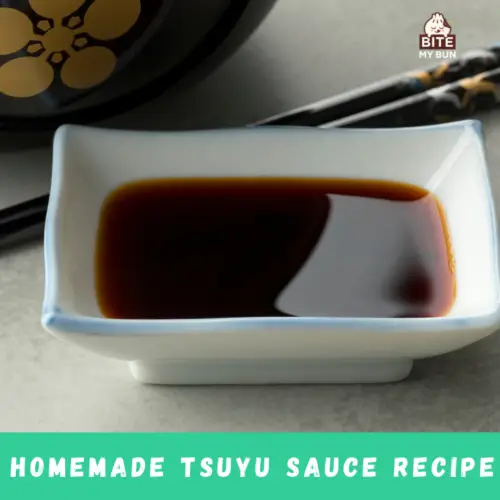
Mentsuyu. It’s perfect for adding flavor to all your favorite Japanese dishes.
With just a few simple ingredients, you can make your own mentsuyu sauce right at home. And it’s so much better than anything you can buy in a store.
Let’s make this delicious sauce so you can start using it in your dishes!
Gluten-free teriyaki sauce
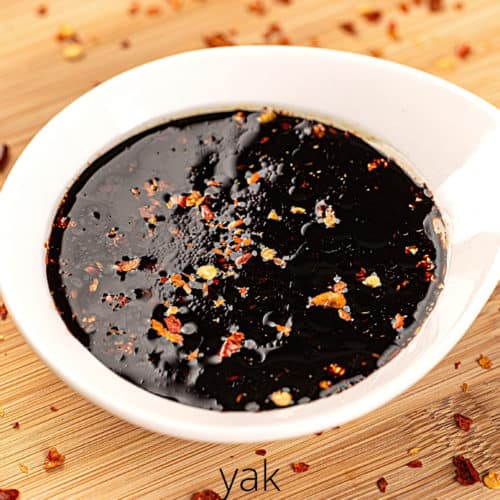
Do you like the taste of teriyaki sauce but worry about gluten because you have Celiac disease? If you’re on the hunt for gluten-free teriyaki sauce, the good news is that there are options! But still, they’re hard to find.
Generally, teriyaki sauce is NOT gluten-free because it contains soy sauce, and most soy sauce is made with wheat. In addition to gluten from the soy sauce, popular bottled teriyaki sauces may also contain additives containing gluten or traces of gluten.
Warishita sauce
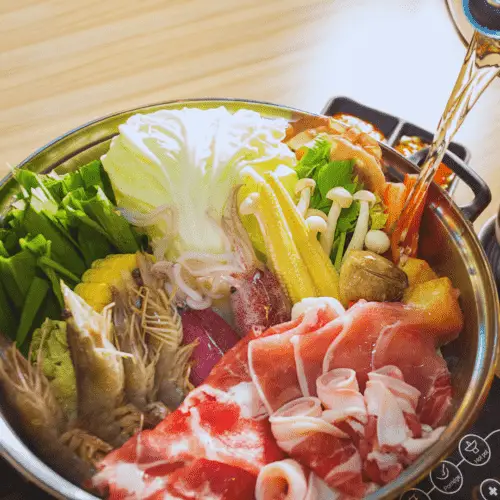
If you like delicious hot pot, then you’re going to be a fan of this easy recipe. Warishita sauce is the perfect complement to sukiyaki, which is a slow-cooking method for thinly sliced meat and vegetables.
The good news is, it’s easier than you might think, as making the sauce takes 10 minutes, tops! Eating is the fun part though, so take your time.
Chuka tare sauce
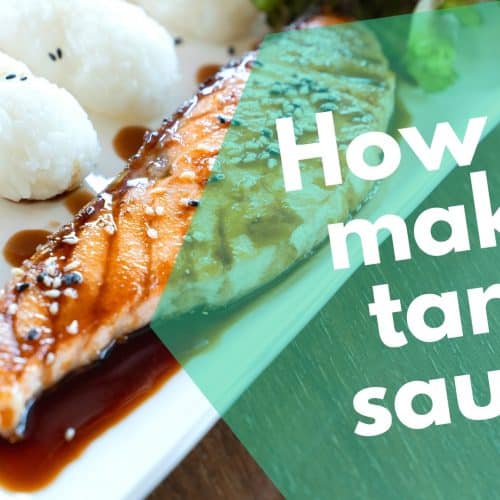
Tare is a delicious dipping or glazing sauce that’s very mild in flavor. In other instances, different spices can be added to give the sauce a kick.
This is called Chuka tare or “Chinese” tare. This is the perfect recipe for it.
Nikiri sauce: homemade sweet soy sauce fish glaze
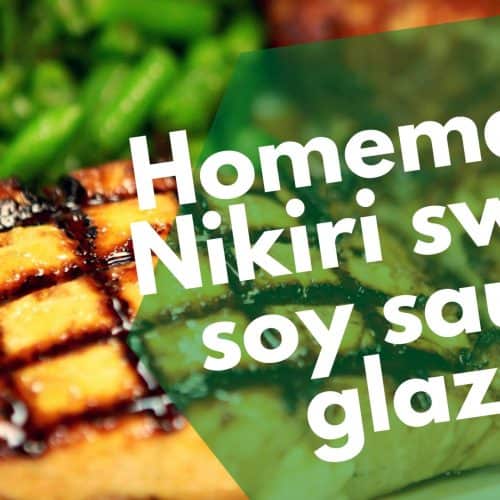
If you are looking for something to flavor exotic dishes with a delicate taste, nikiri sauce may be your condiment of choice.
Nikiri is a thin glaze that is often brushed on fish in Japanese cuisine before the fish is served. Once served, you won’t need to add soy sauce or any other condiment. The nikiri will be enough.
It is also commonly used on sushi and is especially delicious on sashimi.
Homemade nitsume eel sauce

Nitsume is a sauce that’s used for sushi a lot but often gets overlooked when making sushi yourself AND can be used in a lot of other dishes as well.
That’s because it’s actually used for glazing the fish, mostly eel. So you don’t see it on your plate, but you can certainly taste it.
Nitsume eel sauce sometimes called kabayaki or unagi no tare is the sweet sauce used in Japanese restaurants. It’s a perfect pair with grilled fish, which is why it’s the most used sauce to drizzle over sushi.
Homemade ponzu sauce
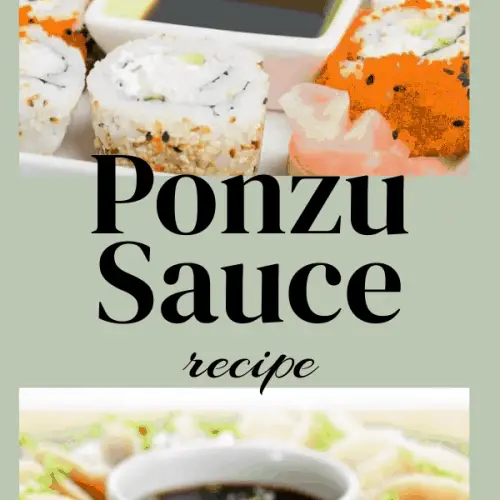
Ponzu sauce is a light, tangy sauce that is often used in Japanese cuisine. It is traditionally made with mirin, soy sauce, citrus juice, and bonito flakes.
While ponzu sauce is readily available in most Asian supermarkets, it is very easy to make at home.
I’ll give you the recipe and some cooking tips to make sure you are never our of ponzu sauce in your kitchen.
Japanese Hibachi Mustard Sauce
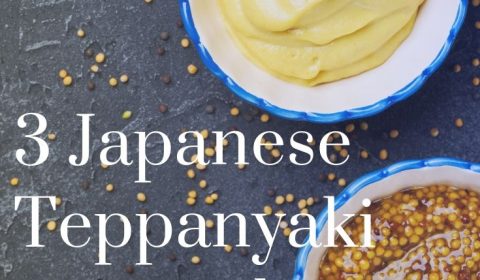
This best-kept secret of Japanese hibachi-style steakhouse restaurants will make you want to make it over and over again.
And that’s fine, it’s great to eat with any type of meat, so don’t limit yourself to teppanyaki or hibachi, just pair it with your steak or other beef, and you’ll be good to go.

11 Best Japanese Sauce Recipes
Ingredients
- ½ cup dashi
- ¼ cup mirin
- ½ cup soy sauce
- 2 tbsp sake
- 1 tsp rice wine vinegar
Instructions
- To make most Japanese sauces, combine the ingredients in a saucepan and bring them to a simmer.
- Simmer tare until it reduces to ½ cup, about 25 minutes.
- Strain solids and let the sauce cool. Store in an airtight container in the refrigerator for up to 2 weeks.
FAQ about Japanese sauces
What is the sauce in Japanese restaurants?
Soy sauce is the most used sauce in Japanese restaurants. The Japanese call it shoyu, although Japanese restaurants actually use tamari more often than shoyu. Tamari is a similar fermented soybean sauce, but it’s gluten-free.
What sauce do the Japanese have with meat?
Yakiniku sauce is most often used on meat. It’s a sauce for Japanese barbecue or “Yakiniku” and combines sesame with savory and sweet flavors.
Conclusion
There are so many Japanese sauces that are great, I hope you liked our selection of the most popular ones on our blog.
Have a bottle of mirin at home? Here are 10 Best Sauces to make with Mirin For Salads, Sushi, BBQ and More
Check out our new cookbook
Bitemybun's family recipes with complete meal planner and recipe guide.
Try it out for free with Kindle Unlimited:
Read for freeJoost Nusselder, the founder of Bite My Bun is a content marketer, dad and loves trying out new food with Japanese food at the heart of his passion, and together with his team he's been creating in-depth blog articles since 2016 to help loyal readers with recipes and cooking tips.
